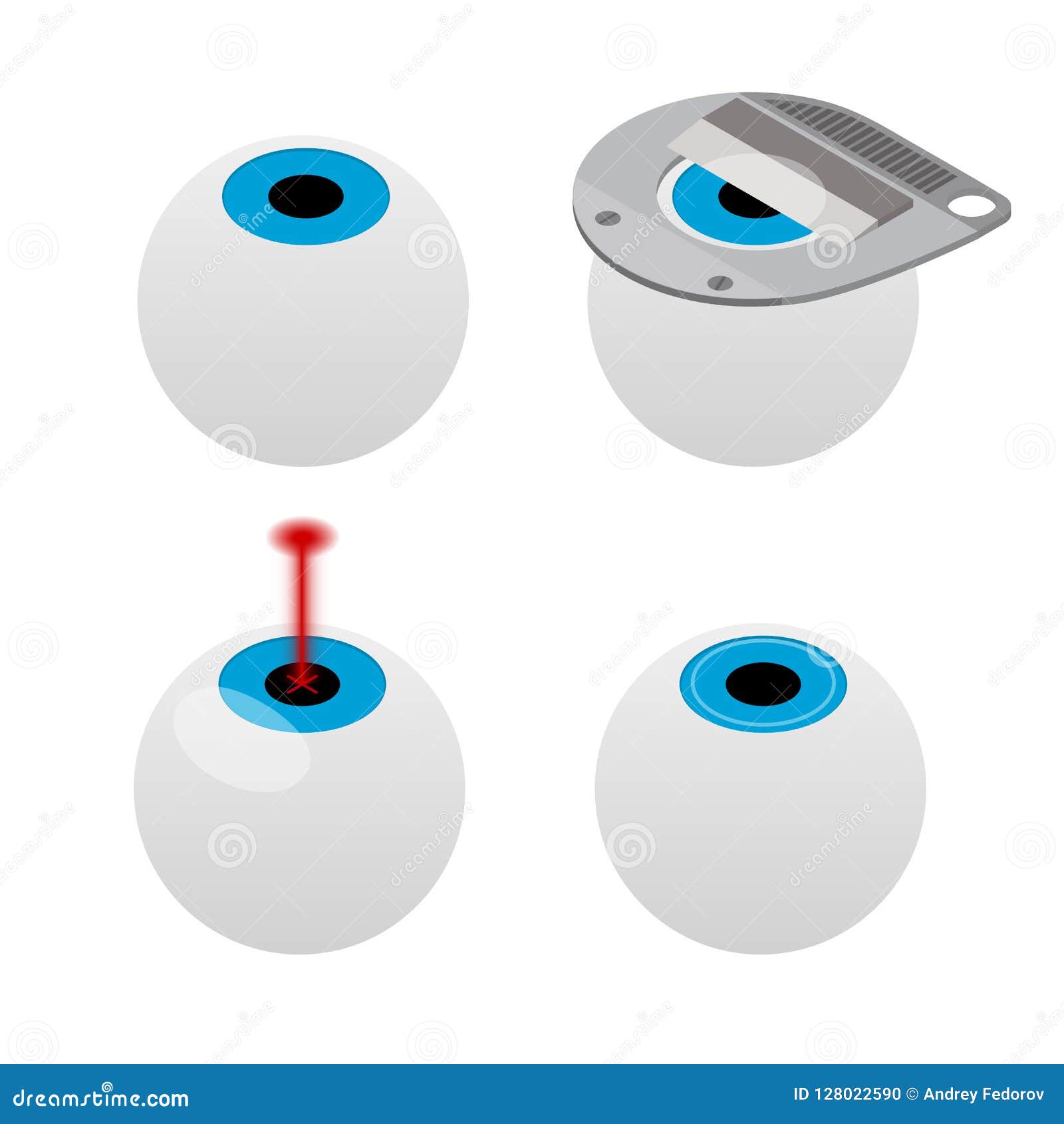Evaluating The Advantages And Downsides Of Standard Cataract Surgery Versus Laser-Assisted Approaches
Evaluating The Advantages And Downsides Of Standard Cataract Surgery Versus Laser-Assisted Approaches
Blog Article
Short Article By-Bruhn Henson
When considering the option in between typical cataract surgical treatment and laser-assisted methods, you may find yourself evaluating the benefits and downsides each method provides. The choice goes beyond the surface level of expense and accuracy, diving right into the realm of long-lasting outcomes and individual complete satisfaction. As you navigate with the complexities of these 2 methods, it becomes essential to understand the nuanced details that can significantly impact your aesthetic clarity and total experience. Keep tuned to uncover the crucial variables that will assist your decision-making procedure in this crucial element of eye care.
Typical Cataract Surgical Procedure Benefits And Drawbacks
When thinking about standard cataract surgery, you might locate that it's a well-established and widely-used method. In this treatment, a surgeon makes a tiny laceration in the eye and uses ultrasound to separate the gloomy lens before removing it. As soon as the cataract is removed, a fabricated lens is placed to bring back clear vision.
One of the main benefits of standard cataract surgery is its record of success. Lots of people have had their vision significantly boosted through this treatment. Additionally, typical surgery is commonly covered by insurance policy, making it an extra easily accessible option for lots of people.
However, there are some drawbacks to typical cataract surgical procedure also. Recovery time can be longer contrasted to more recent methods, and there's a somewhat higher risk of difficulties such as infection or swelling. Some individuals may likewise experience astigmatism or call for analysis glasses post-surgery.
Laser-Assisted Techniques Pros and Cons
Checking out laser-assisted strategies for cataract surgery unveils a modern technique that makes use of laser modern technology to do crucial steps in the procedure. Among the main benefits of laser-assisted cataract surgical treatment is its precision. The laser permits extremely exact lacerations, which can bring about better aesthetic outcomes. In addition, using lasers can decrease the quantity of ultrasound power needed throughout the surgical procedure, potentially lowering the threat of problems such as corneal damage.
On the downside, laser-assisted strategies can be a lot more pricey contrasted to traditional approaches. This cost mightn't be covered by insurance policy, making it much less available to some people.
An additional factor to consider is that not all cataract doctors are trained in laser innovation, which might restrict your options for selecting a cosmetic surgeon.
Lastly, while the laser can automate specific facets of the procedure, the surgical treatment still needs a proficient doctor to make sure successful outcomes.
Comparative Analysis of Both Approaches
For a comprehensive understanding of cataract surgery methods, it's essential to carry out a relative analysis of both traditional and laser-assisted approaches.
Conventional cataract surgical procedure involves hands-on lacerations and making use of portable devices to break up and remove the cloudy lens.
On the other hand, laser-assisted cataract surgical treatment utilizes sophisticated innovation to produce exact incisions and break up the cataract with laser power before removing it.
In regards to precision, laser-assisted techniques provide a higher level of precision compared to traditional methods. Making use of lasers permits modification of the procedure based on each person's eye anatomy, potentially bring about better aesthetic results.
However, laser-assisted cataract surgical treatment often tends to be a lot more expensive than traditional surgery, which may restrict access for some patients.
While both methods are effective in restoring vision damaged by cataracts, the choice in between traditional and laser-assisted strategies commonly depends on factors such as expense, accuracy, and specific patient needs.
Consulting with your ophthalmologist can help figure out the most ideal approach for your cataract surgical treatment.
Conclusion
To conclude, when making a decision in between standard cataract surgical treatment and laser-assisted strategies, think about aspects like price, precision, and specific needs. updated blog post supplies a proven performance history and insurance policy protection but might feature longer recuperation times. Laser-assisted techniques provide greater accuracy and personalization yet can be more pricey and not constantly covered by insurance policy. Inevitably, the option in between both methods depends on what is essential to you and your certain circumstance.
